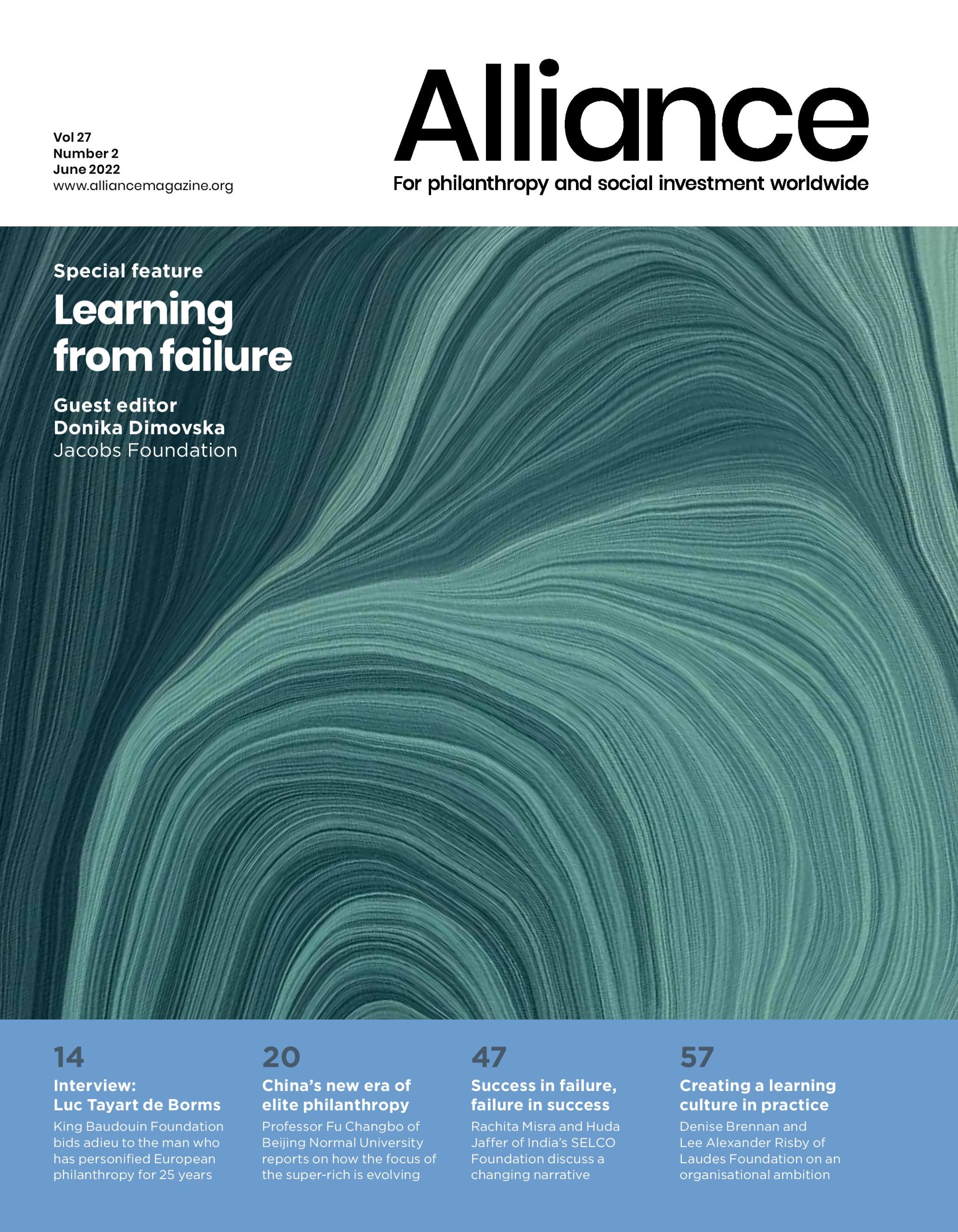The success or failure of initiatives is often determined by the donor without much reference to the grantee. Ironically, this can make it seem to the funder that what is a success is really its unwanted opposite
There is an undeniable power dynamic in philanthropy between funders and beneficiaries; this is particularly obvious when it comes to defining success and failure. Because philanthropy controls the money, it defines what non-profit success (or failure) looks like. The limitation of this is that philanthropy is not on the ground doing social change work, and yet, when there is success, philanthropy takes the credit and attempts to correlate how their funds caused the improvements. But are funders best positioned to define impact in the first place? Are there more equitable evaluation approaches that share or cede power to define success to grantees and the communities they serve?
A cautionary tale?
Instead of partnering with non-profits and engaging in dialogue about what they’re learning and accomplishing, the industry standard is to document a set of canned metrics for non-profits to ‘prove’ they made a good use of the funds. This leads to collection of information around impact that is rooted in what foundations want to hear and not what they need to hear. It also exacerbates the power dynamic that keeps grantees from taking risks, sharing challenges and creating more meaningful opportunities for learning.
Subscribe now from only £45 a year!
This article is only available for our subscribers
Existing users can login here





